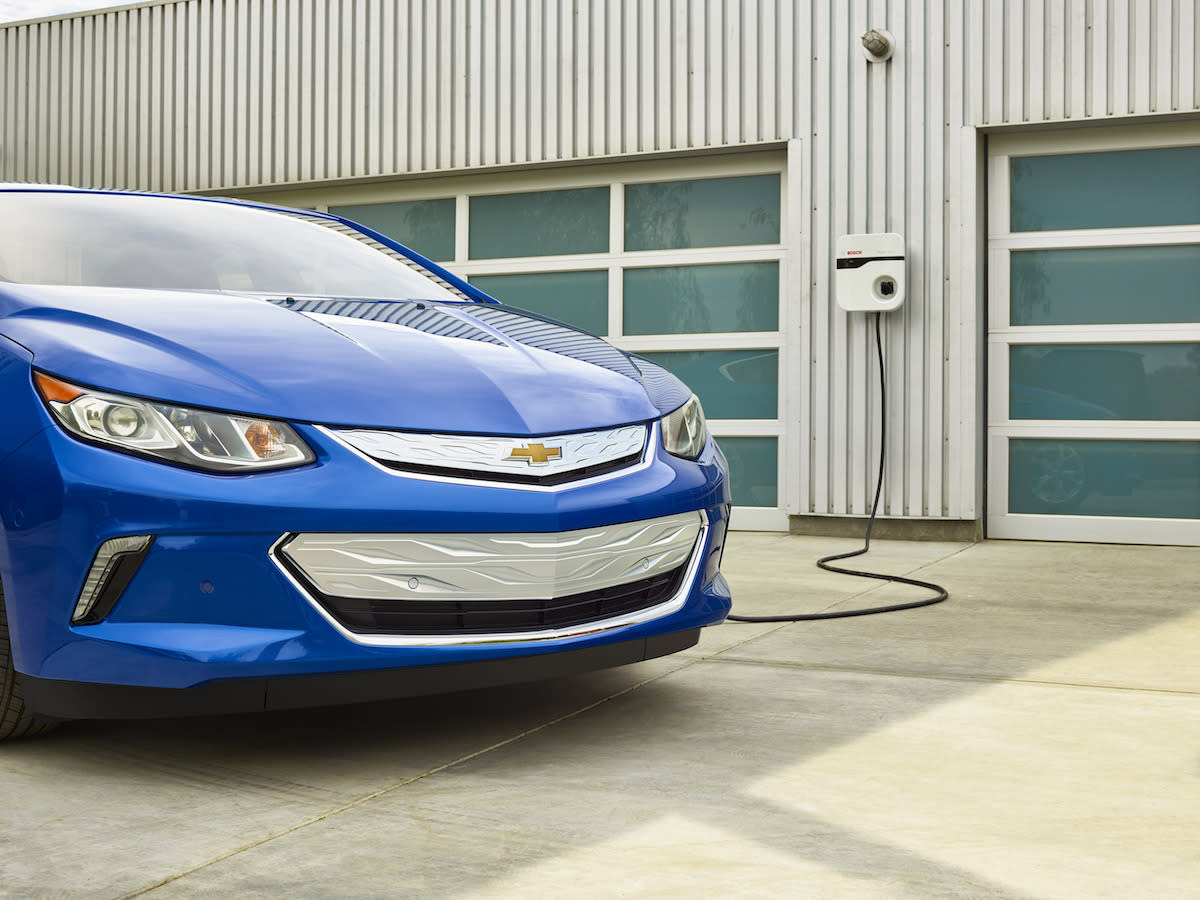General Motors Jump-Starts Its Own Self-Driving Cars—And Electric Bikes

When, not if.
That’s the big question now across the automotive business about self-driving vehicles. Within a couple of years, the automated cruise controls and lane-departure warning tech will have evolved to a semi-automatic, “hands-free” experience. Real autonomous vehicles won’t be far behind, and today General Motors laid out its biggest plans yet to take part in the tech revolution.
The first self-driving cars from GM will be only for company use at it’s sprawling Warren Tech Center campus in Michigan; starting next year, employees will be able to call a Chevy Volt and have it convey them to a destination without touching the wheels or pedals.
Meanwhile, in the real world, GM will also launch a car-sharing service called “Let’s Ride NYC”—although for now, “NYC” is shorthand for residents of a single midtown Manhattan apartment building, who will get three hours of car time free per month. (Rentals start at $2,995 for a 400-sq.ft. studio). GM has several car-sharing demos around the world, all of which have been mostly for testing apps and connections rather than making money; it will launch a city-wide test somewhere in the United States early next year.
GM’s interest in the world outside of selling cars even extends to two-wheeled vehicles, as the company said it would unveil a concept electric bicycle designed by its Canadian research arm. All of which it sees stitching together though various parts of its empire—most importantly the OnStar communications service—into the driving equivalent of “cloud computing.”
“The convergence of rapidly improving technology and changing consumer preferences is creating an inflection point for the transportation industry not seen in decades,” said GM CEO Mary Barra. “Some might find this massive change to be daunting, but we look at it and see the opportunity to be a disruptor.”
That GM wants to be a disruptor rather than the disrupted isn’t shocking; all of the world’s largest automakers have similar tests aimed at sorting how people will use cars when they live in gridlocked cities. Heck, Ford launched a separate business for electric bicycles and urban mobility 15 years ago, a decision that loses some goofiness with each passing year. Answering the question of “when” will be easy; answering “who gets the money for driving you in the future” will take a little longer to sort.

